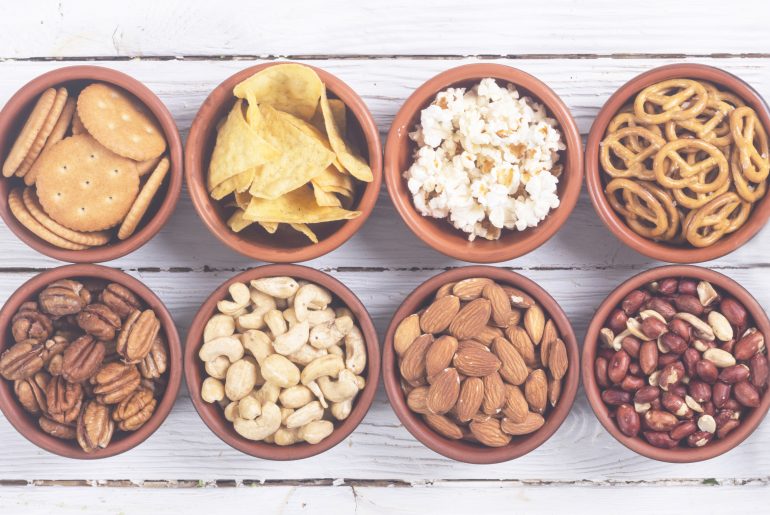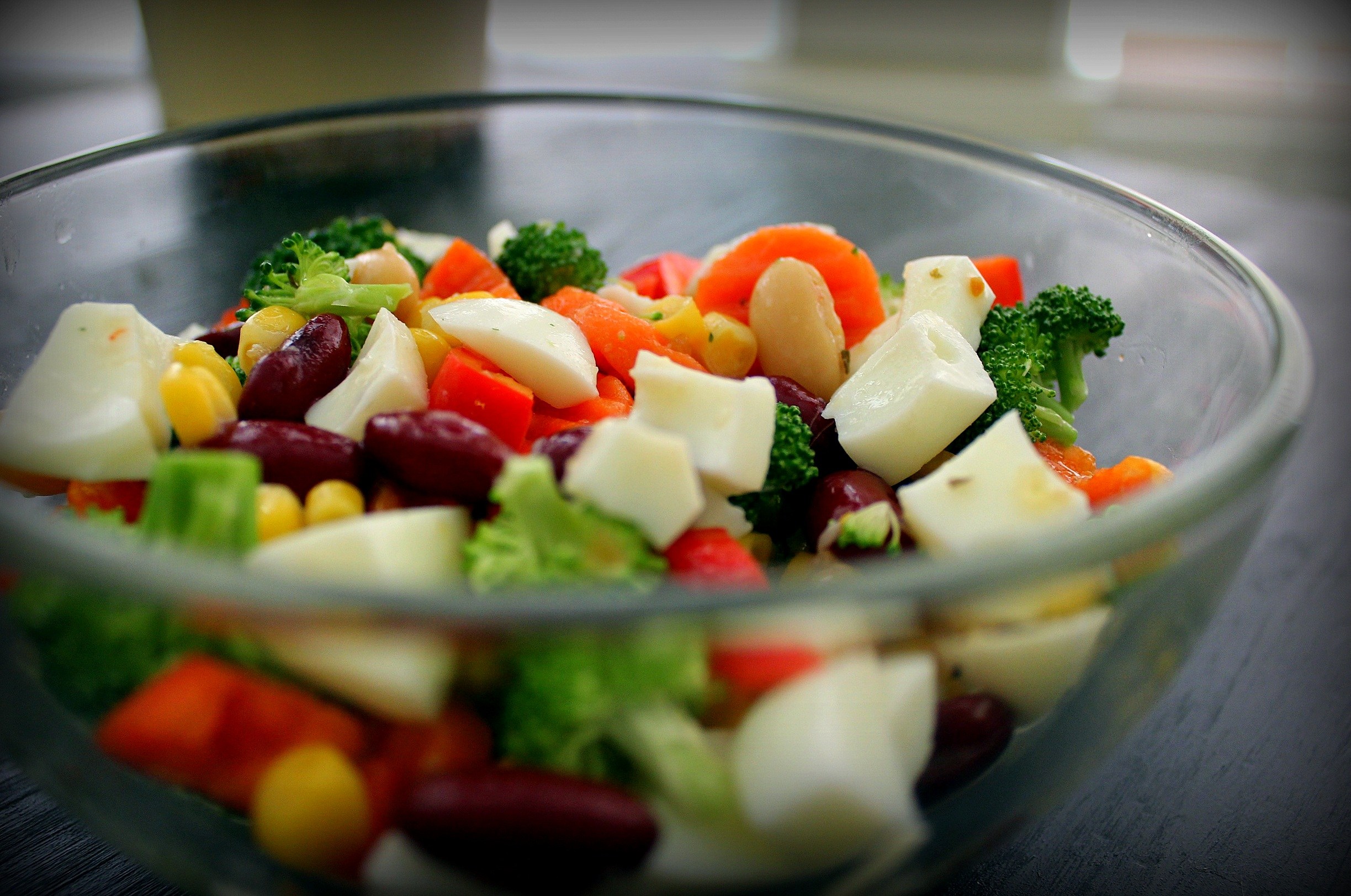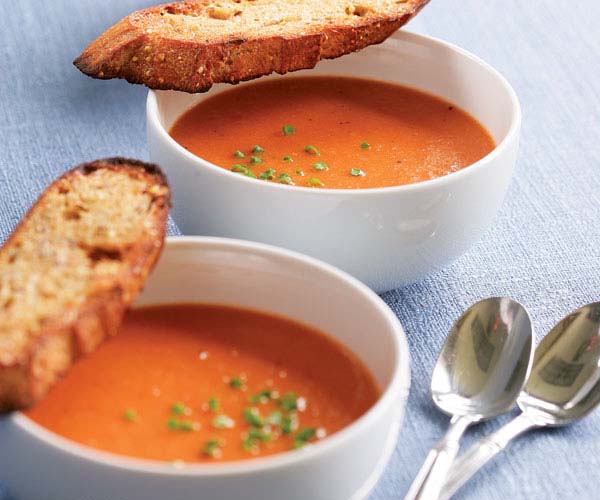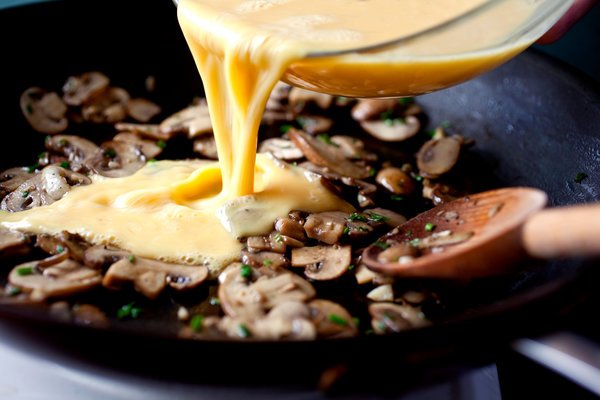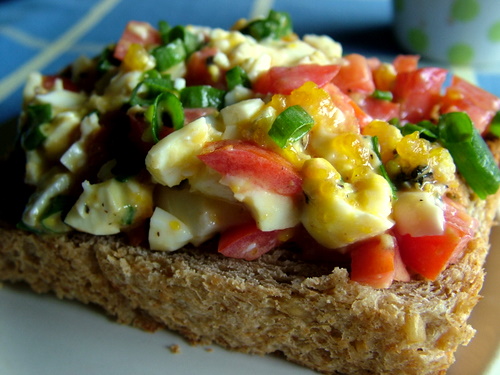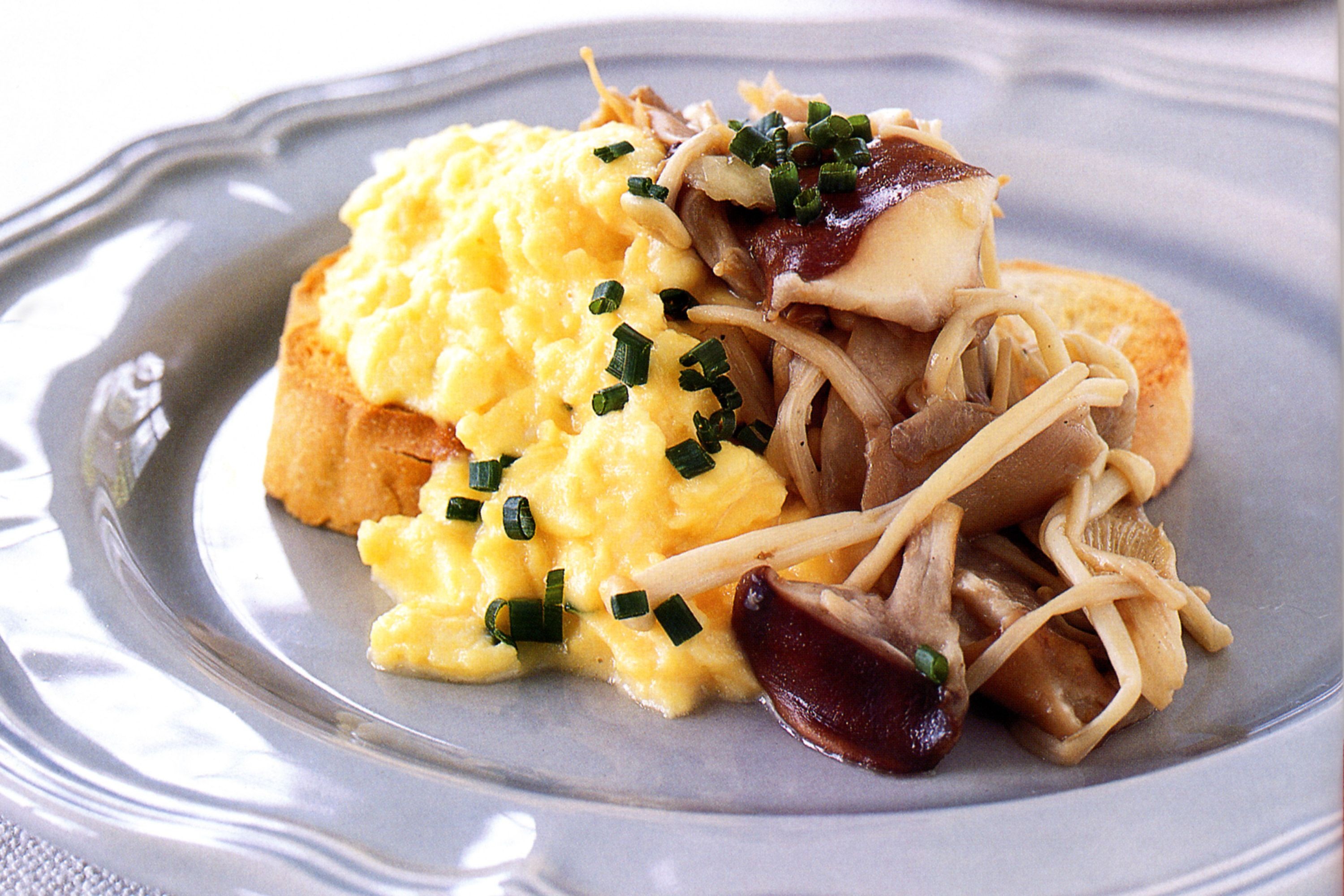Compact, high-value, low-calorie snacks
If you’ve been reading my columns, you would now know that eating every two hours is the backbone of my nutritional philosophy – it is a guaranteed way to jump start your metabolism, lose weight and keep it off. Four healthy main meals (breakfast, lunch, teatime and dinner) and four fillers in between these meals is the goal, and it has given my clients long-lasting and consistent results over the last 15 years. Whether or not this is something you follow, there will always be a universal need for meals between meals. Healthy, nourishing fillers that not only keep hunger at arm’s length but also pre-empt that unplanned late-morning or early-evening bingeing on muffins, cupcakes, and samosas, and other foods you hadn’t set out to eat.
EASY SNACKING
Here are some tried-and-tested filler options:
- Fruit: Cut in pieces in an airtight box for convenience but whole is preferred.
- Chana: Can stay in your bag for days without a problem.
- Kurmura: By itself or lightly roasted with turmeric, salt and curry leaves in a tiny amount of oil.
- Nourishables: Click here to shop your pack.
- Diet khakra: The smaller the size, the easier it is to handle.
- Carrot/cucumber sticks: This could also be accompanied by a dollop of hung curd dip. Made with skimmed curds, of course.
- Sandwich (four pieces): Cut a low-fat sandwich into four pieces, eating two at a time.
- Stuffed roti/thepla: Use buttermilk, not water, for the dough.
- Dry fruit: Almonds, pistachios, walnuts, raisins, dates.
- Roasted makhanas (homemade): Don’t be fooled by the commercially available ones. The masala sticks to them simply because they are loaded with oil.
- Popcorn: Homemade, not the microwavable one, which may be preserved in larde or trans fat.
- Dry roasted sprouts:You can make this fun with onions, sliced green chilli, tomatoes and a slice of lime.
THINKING INSIDE THE BOX
You can also come up with your own fillers based on the examples above. What are the hallmarks of a good filler? Foods that are low in calories, low in fat, help stave off cravings and add some nutritional value to your body. It’s also better if they are easy to carry, dry, and can be eaten without making a mess. But not all healthy snacks are created equal. For example, some store-bought energy bars may not be high in calories but will be high in sugars, which make you want to eat more sugar. They may not necessarily add too much nutritional value either. Do read the labels before venturing into the land of commercially available diet snacks. Not all are bad but you must know what you are getting into. Happy snacking.

